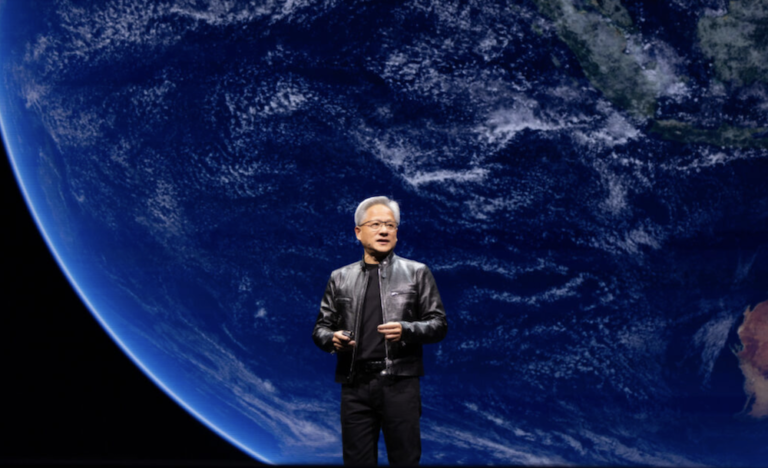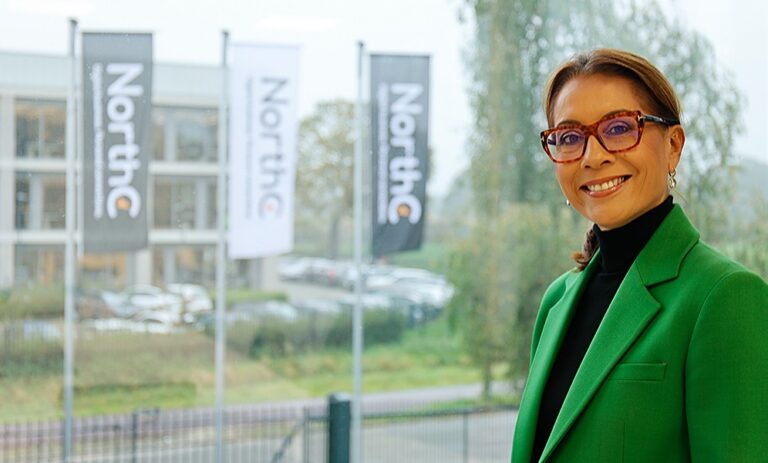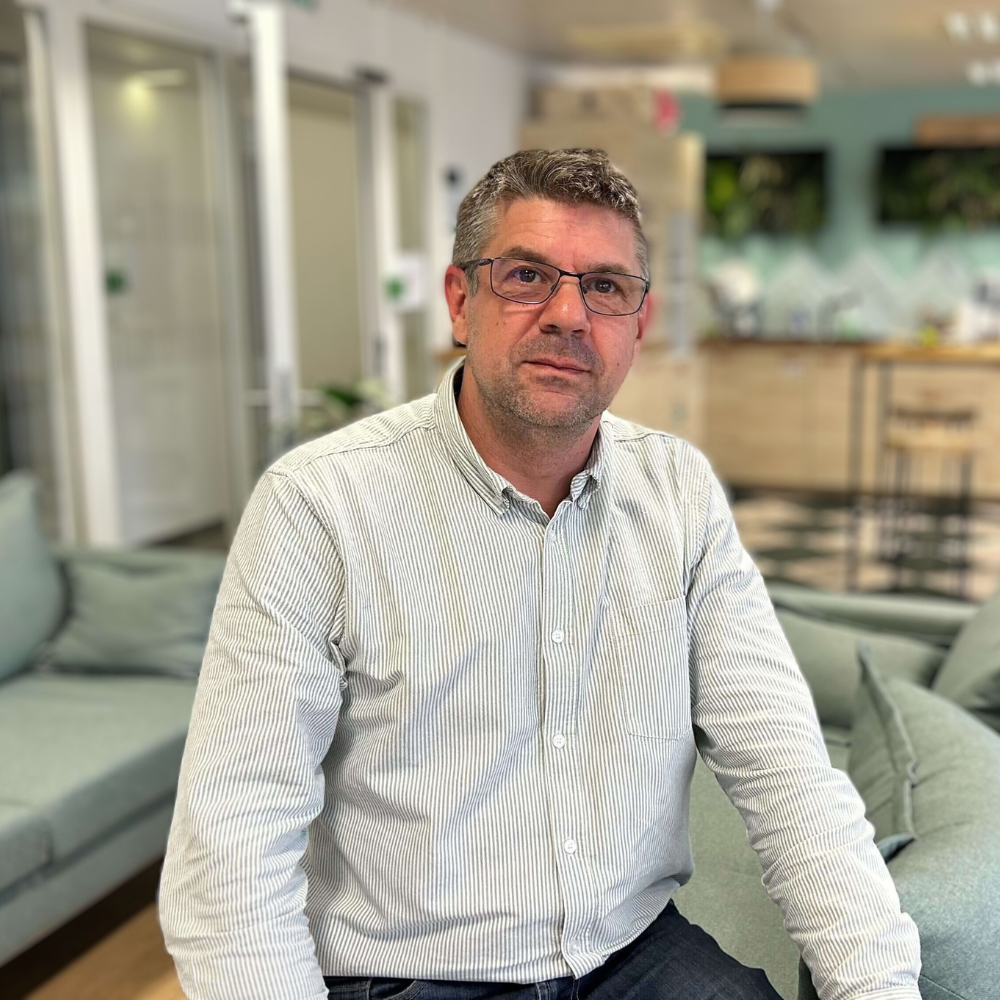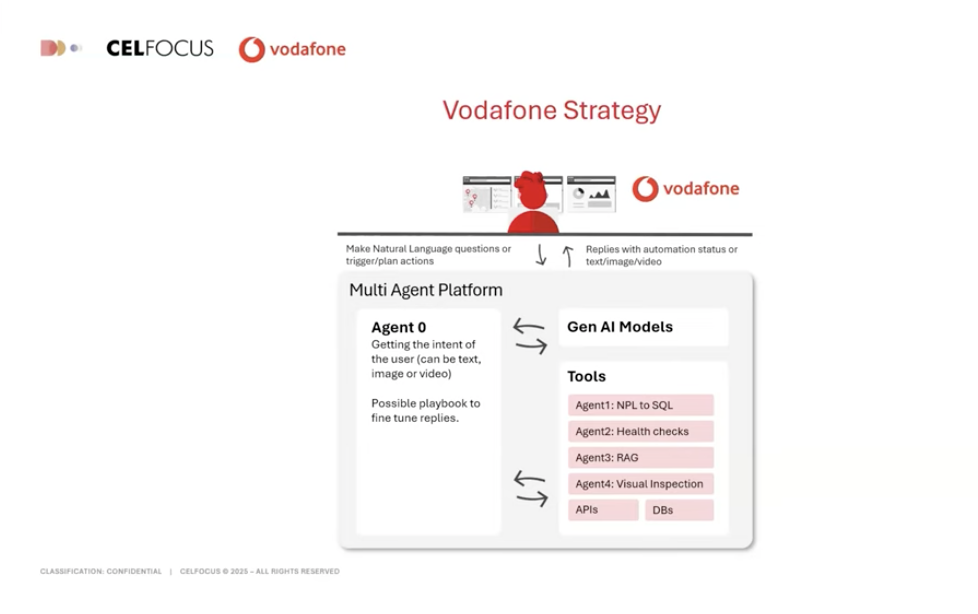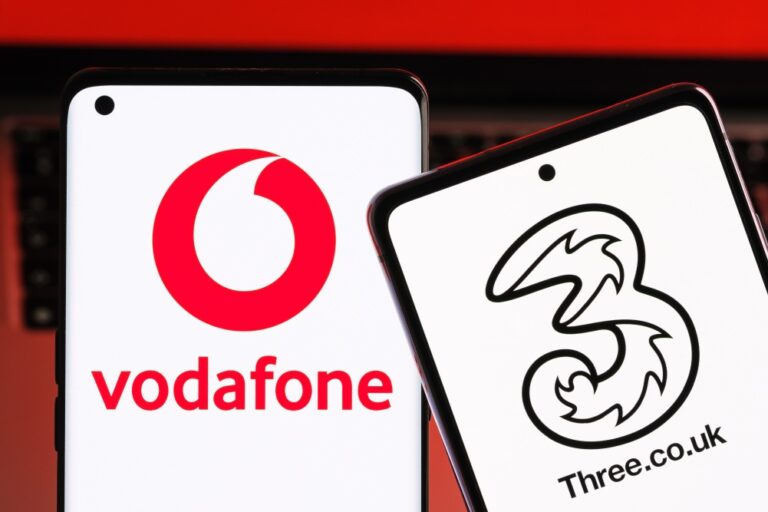The fallout from weaponising tariffs and trade restrictions is a series of unexpected consequences, which don’t look likely to benefit the US ultimately
Jensen Huang, CEO of NVIDIA (pictured) which is one of the world’s most valuable companies, has made a well-publicised trip to Beijing after losing billions his company’s lost billions.
Note that Huang’s firm accounts for the lion’s share of AI chips, which ever assessment you believe: reports from Mizuho Securities the investment bank, stated Nvidia’s AI accelerators account for between 70% and 95% of the market for AI chips. Tech Insights reckons it ‘owns’ 65% of the data centre chip market.
Images of Huang meeting tech leaders, including DeepSeek’s founder, and China’s Vice-Premier, are a refreshing contrast with more usual ones of the coterie of US tech billionaires acting like a Trump fan club. Reportedly, Huang discussed new chip designs to meet Chinese customers’ needs during his visit.
Sudden changes damage commerce
NVIDIA’s multi-billion losses arise from turmoil in stock markets, triggered by President Trump’s tariff ‘policy’ and the escalating trade war with China. A new, surprise restriction prevents NVIDIA from exporting its H20 chip to China – the H20 was designed specifically to accommodate previous trade restrictions by the US Administration. Also, it seemed the H20 would remain exempt from restrictions after Huang had a meeting with Trump earlier this month.
On Tuesday, NVIDIA warned that it could lose as much as $5.5 billion in earnings as a result of the restrictions that ban it from selling to major Chinese clients such as Alibaba, Tencent and ByteDance. Last year NVIDIA’s sales in China were $17 billion.
Nigel Green, CEO of deVere Group, an independent financial advisory organisation, stated Trump’s actions are “a masterclass in the law of unintended consequences”. He added, “This is a stark example of how the current US trade stance is pushing countries and companies further toward China, not away from it – financially, economically, politically and diplomatically.
“Trump’s aggressive and often unpredictable trade policies are eroding trust, triggering realignments, and accelerating the shift to a multipolar economic order that is likely to increasingly sidelines the US.”
Dropping a brick
In response to this unpredictability, countries are diversifying reserve holdings, expanding local settlement networks and establishing bilateral trade deals to bypass the dollar.
According to deVere, China’s yuan is being adopted in more cross-border transactions and the BRICS nations are increasingly settling trade outside the US dollar. BRICS is an intergovernmental organisation comprising 10 countries: Brazil, China, Egypt, Ethiopia, India, Indonesia, Iran, Russia, South Africa and the United Arab Emirates.
Collectively BRICS represents around 45% of the world’s population and 35% of global GDP (based on purchasing power parity) and it seems likely more countries will join. deVere found Brazil and Saudi Arabia, which is yet to formally accept its invitation to join BRICS, have expanded their holdings of Chinese currency
Green claims, “By weaponising trade controls and blindsiding key US firms, the administration is encouraging global actors to build parallel systems and deepen ties with Beijing. We’re seeing a steady, serious pivot. Business leaders are making pragmatic decisions to maintain access to the world’s second-largest economy – with or without Washington’s blessing.
“Jensen Huang showing up in Beijing with a smile, just after taking a multibillion-dollar hit from a White House directive, speaks volumes. It’s not defiance – it’s realism. Business is being done where there’s opportunity and continuity. Right now, that’s increasingly outside the US sphere,” Green concluded.
New Asian powerhouse?
Due to the West’s preoccupation with the Trump Administration’s antics, the meeting on 22 March between top diplomats from Japan, China, South Korea attracted less attention that it would otherwise have done.
As Reuters said, they seeking common ground on East Asian security and economic issues amid escalating global uncertainty, although there is also some more localised horse trading going on. While China said the countries together can exert international influence, Japan asked China to lift its ban on Japanese food imports, and Seoul and Tokyo asked for Beijing’s help to ‘denuclearise’ North Korea.
“Given the increasingly severe international situation, I believe we may truly be at a turning point in history,” Japanese Foreign Minister Takeshi Iwaya said at the start of the meeting in Tokyo with Chinese Foreign Minister Wang Yi and South Korean Foreign Minister Cho Tae-yul.


